Induction vs Gas Hob — Which Is Best? Warning: This Debate Gets a Little Heated
No decision will impact your cooking more than your choice of hob, so we asked our experts for their thoughts
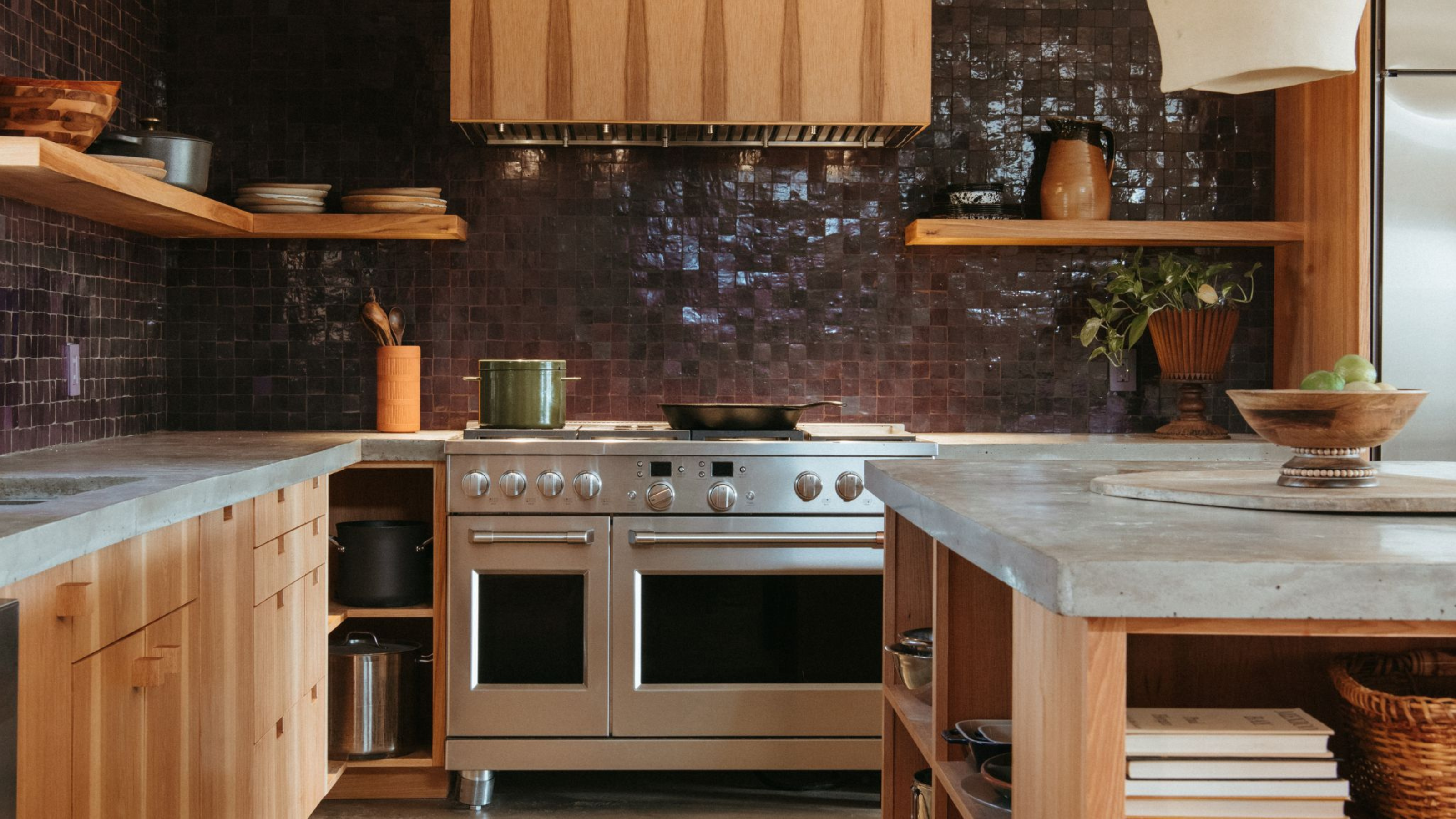

Out of the frying pan and into the fire or… into the glowing red electromagnetic ring. The choice between gas or induction hobs is a hotly debated topic in appliances among chefs and kitchen designers alike, and each side has its own closely held beliefs. Our increased awareness about the harmful environmental impacts of gas boilers and hobs has only added fuel to the fire, and induction hobs have become an increasingly popular option, but do the experts actually think that they are better?
Simply put, yes. They do. Despite the undeniable appeal of cooking over an open flame, when this comes up against the various other benefits working in induction hobs favor, the traditional gas hob just can't stand up. Once we’re able to move past our caveman-like desire for a roaring fire, there’s very little else that makes a gas hob a better option. Plus, it’s becoming increasingly likely that gas stoves will be phased out completely, with several areas of the UK already on track to ban the installation of gas stoves in new homes. It won’t be long before this style of cooking is merely a relic of the past.
Having recently moved from a gas hob to induction myself, I'm ashamed to admit I was dreading the change. I’d gotten used to the flickering flame beneath my pan and delighted in the immediacy of the system. I’d turned my nose up at the detached modernity of the induction ring cookers, viewing them as a soulless alternative to the authenticity of a gas hob. How wrong I was. It only took me a few days to completely forget about my much-loved gas hob and jump on the latest kitchen appliance must-have. The induction replacement was faster and more accurate. And, best of all, completely free from any harmful greenhouse gas emissions.
So, you've got your answer, but to decide whether an induction or gas hob is right for your circumstances, here's how they stack up.
Safety

Gas ovens bring the risk of open flames, as well as the potential for gas leaks
One major factor to consider when investing in a new hob, especially if you live with any little ones, is safety. The kitchen should be the heart of the family home, a space in which people can gather to cook or play in a relaxed and inviting atmosphere. Now, there's nothing less relaxing than the constant fear of burnt fingers for you or your children.
"An induction hob is safer than a gas version, as it is only the pan that heats and not the hob, so the surrounding surface is always cool to the touch — particularly important if there are little ones in the home," explains Jenny Nalborcyzck, marketing manager at Novy UK.
"Safety features with an induction hob include a child lock, and an auto switch off if anything overspills," Jenny adds. Richard further evidences this point, adding, "From a safety perspective, induction hobs only activate when a compatible pan is placed on them and feature automatic shut-off functions, reducing the likelihood of burns or fires."
If you were questioning whether to install a hob in your kitchen island, Richard Davonport, managing director at Davonportsays: "Typically, if you are considering having your hob’s position on your kitchen island, that we'd recommend choosing induction as the lack of an open flame can be better while others may be using your island for eating, drinking or young children sitting close by." Gas stoves cannot offer these same 'safety features', leaving you and anyone else in the kitchen vulnerable to the risks of an open flame.
Ease to Clean
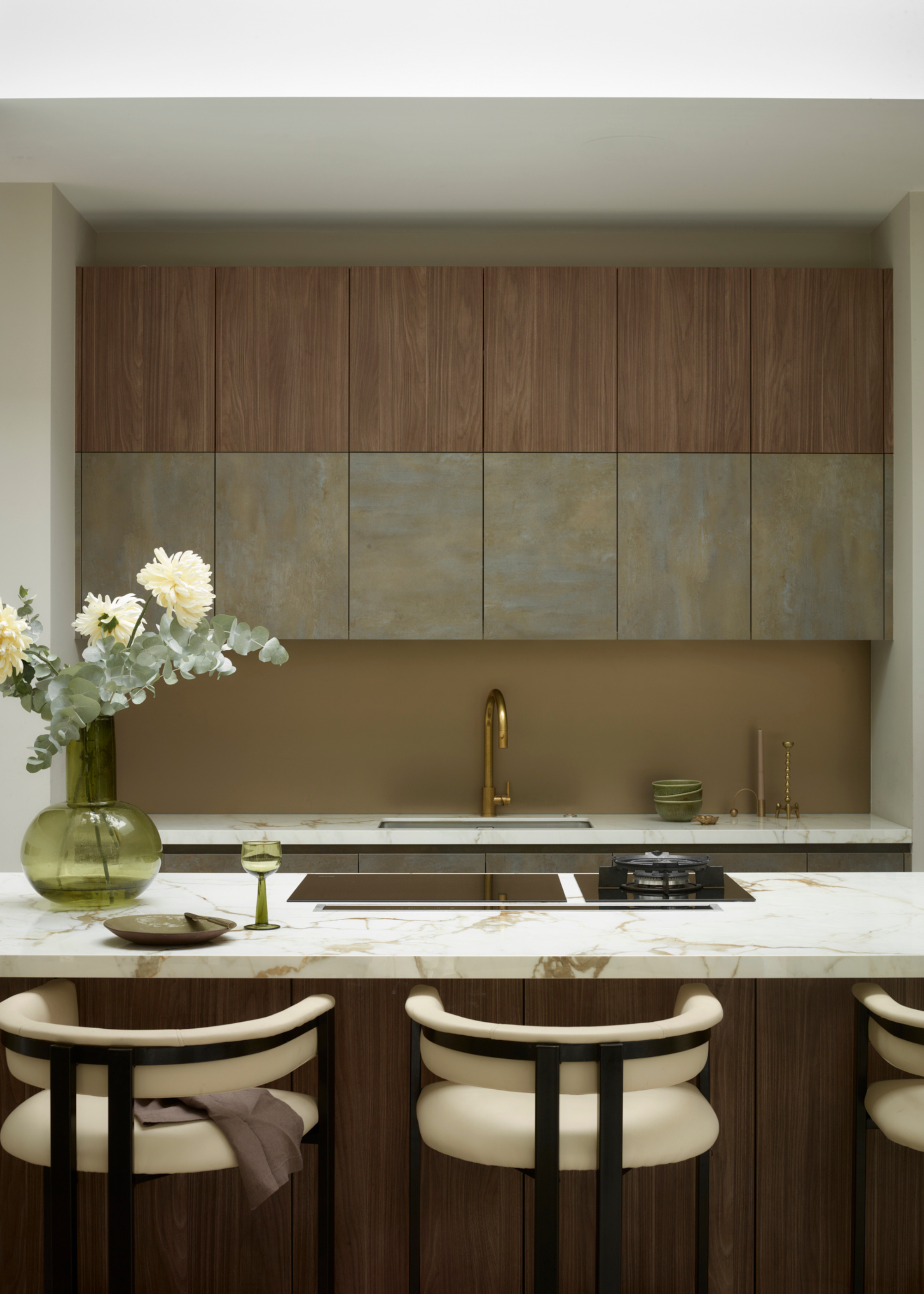
Wipe clean hobs make kitchen cleaning immeasurably easier.
Do not underestimate the importance of an easily cleanable hob. As anyone who has had to spend hours hunched over their grease-covered stove, vigorously scrubbing baking soda into the deeply embedded remnants of burnt dinners will tell you, a wipe-clean surface is always worth it.
“Cleaning is another major advantage," says Richard. "Induction hobs have a smooth, easy-to-wipe surface and prevent spills from burning onto the cooktop."
Jenny supports this, adding, "An induction hob usually has a flat glass surface, and because nothing ever burns onto the surrounding cool surface, it is much easier to clean than a gas hob."
Free from the grooves and ridges of a gas hob, induction stoves allow for a frictionless, smooth clean-up.
Efficiency
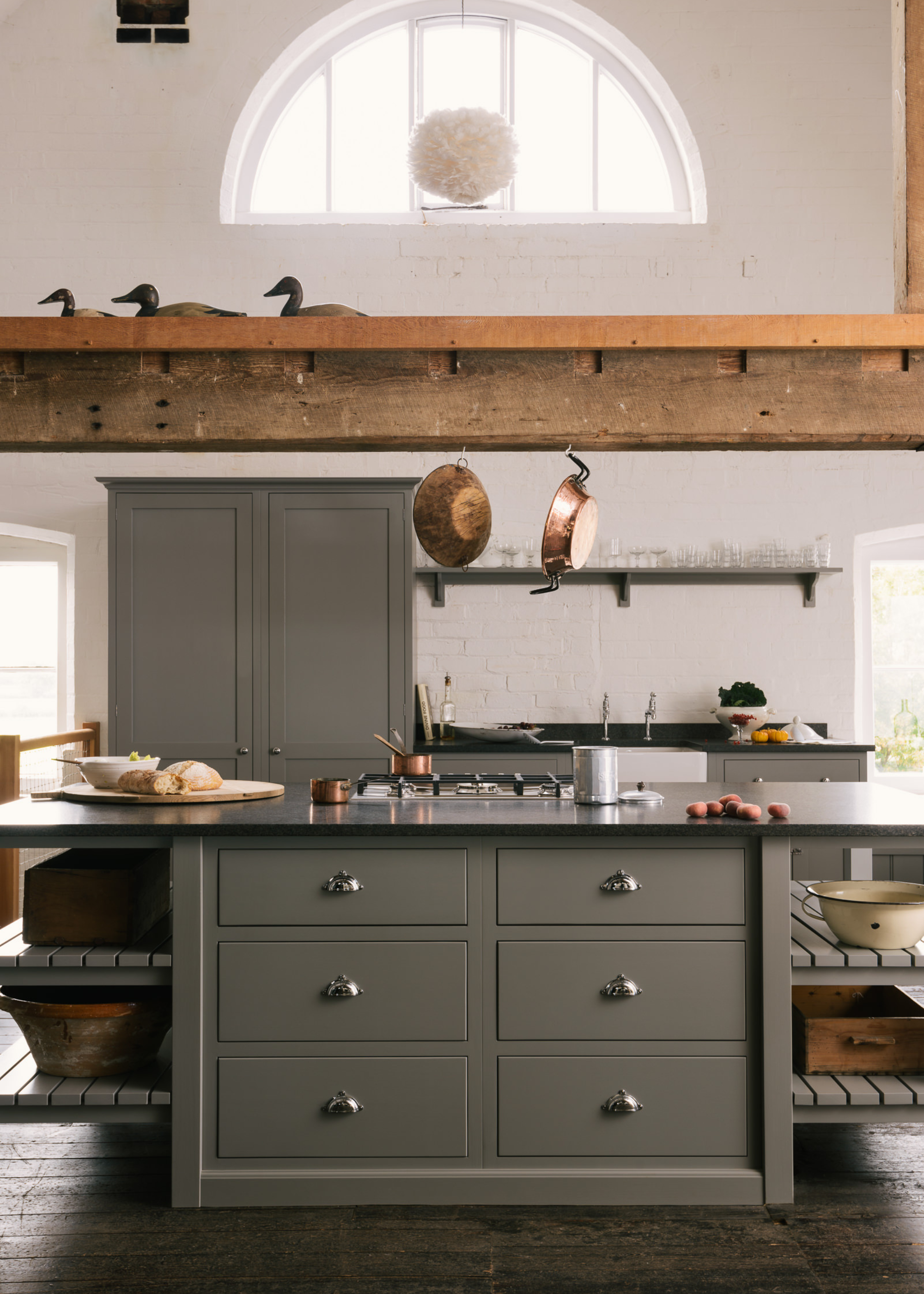
Induction hobs can cut cooking time down by 50%.
Beyond the considerations around safety, the main thing people will give thought to when investing in a new hob is the efficiency, and overall cooking experience of their various options. It's the main thing that puts people off from transitioning over to induction.
However, the idea that gas is more powerful, or effective than induction is a well-spread misconception. "While gas cooking offers visible flame control, induction provides precision with instant temperature adjustments and even heat distribution, minimising the risk of burning food," explains Richard.
The visible materialization of the heat available with gas hobs tricks us into believing that this heat must be more powerful, or effective than the electromagnetic powered heat from induction. However, this is not the case.
“An induction hob is more controllable than a gas version and it is almost double the speed at the highest temperature," says Jenny. "At the lowest temperature you can heat butter and chocolate directly in the pan, without the need for a bain marie, as the minimum temperature level is lower than that of a gas hob. At the highest heat, or by using Power boost to maximum power, you can sear meat in seconds and rapidly cook stir fries."
Eco-Friendliness
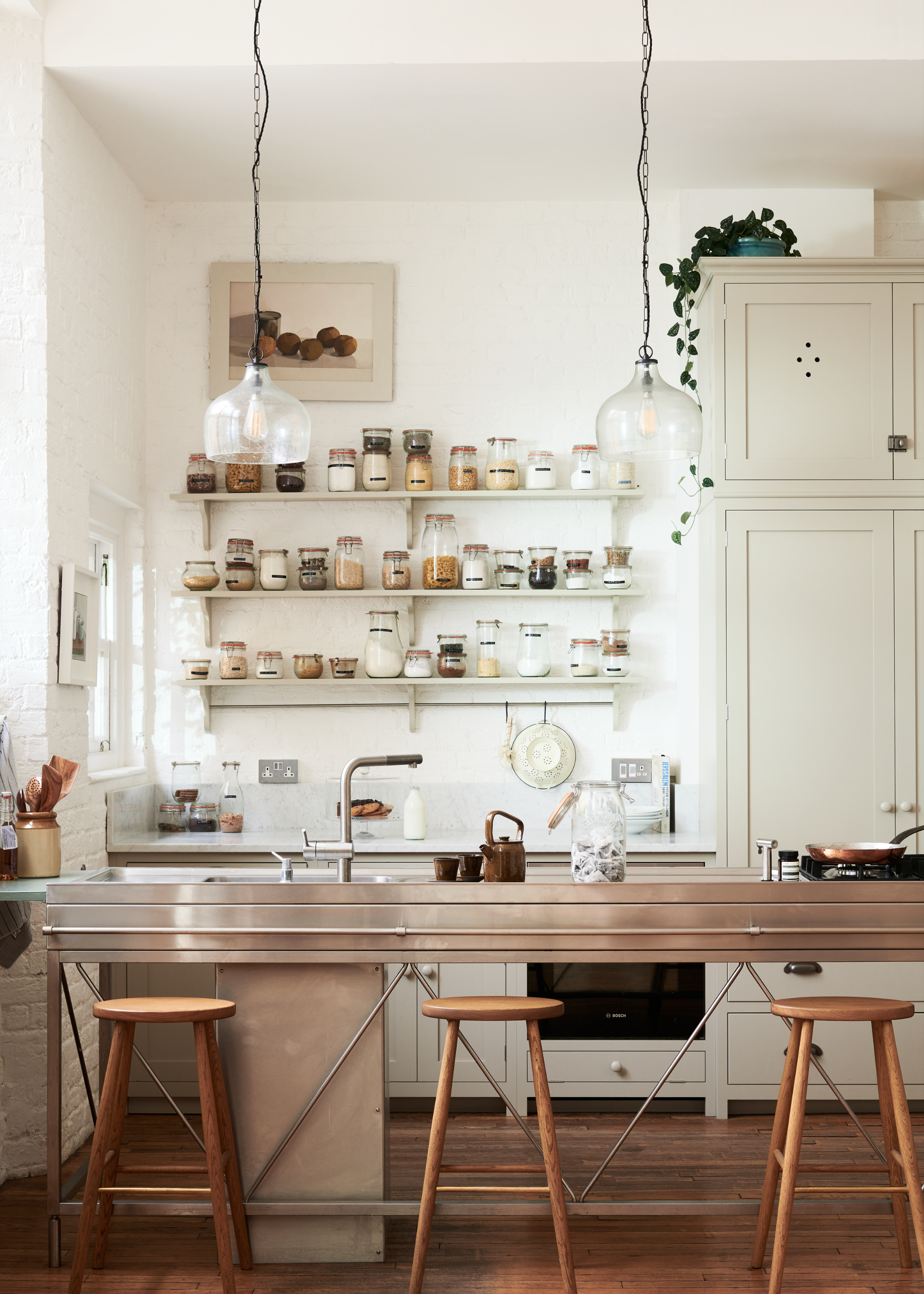
No CO² emissions make induction hobs the far more environmentally friendly option.
Perhaps the most obvious benefit of switching to an induction hob is its environmental impact. Unlike gas hobs, the electromagnetic system has no known negative environmental effects and is a safe and sustainable approach to cooking.
Firstly, as the heat is more concentrated, less energy has to be used to reach the desired temperature, resulting in reduced energy waste, making it a great step in learning how to consume consciously.
"In technology terms, there are numerous benefits to an induction hob compared to a gas version," says Jenny. "Induction is highly efficient, using up to 50% less energy than gas, making it a more economical option. Unlike using a gas hob, there are no CO² emissions using induction, so it is friendlier to the environment."
FAQs
How Do Induction Hobs Work?
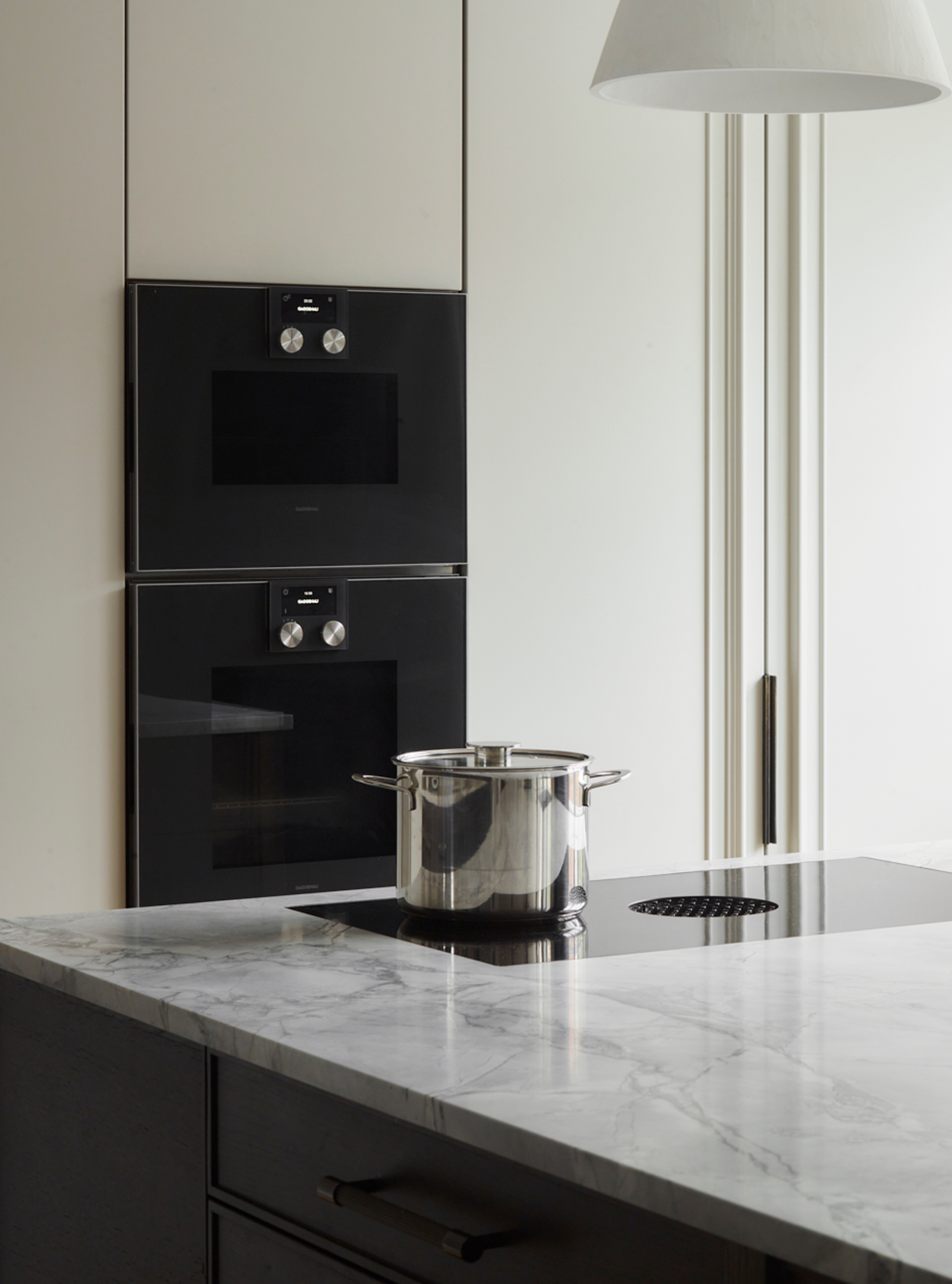
Induction hobs use magnetic fields to create heat.
If you, like many, have been too embarrassed to ask anyone how induction hobs actually work, worry not. We've got the answers for you. Our experts lay down the facts so you no longer have to marvel in quiet wonder at the mysterious heat emitted from the glowing circle on your hob.
"Induction cooking utilizes magnetic fields to heat the pan directly, making it significantly faster, more energy-efficient, and safer than traditional gas cooking," explains Richard Davonport, "unlike gas hobs, which rely on an open flame and heat the surrounding air, induction technology ensures direct heat transfer, reducing energy waste and cutting cooking times by up to 50%."
This concentrated field of heat makes induction hobs both more eco-friendly and more accurate, a true win-win. Plus, they're the choice option for all our favorite modern kitchen ideas.
So, the experts are overwhelmingly in favor of the induction hob. They love it for its enhanced safety, and its environmental friendliness, plus, it looks far sleeker in a modern kitchen, the perfect accompaniment to your stylish kitchen countertop appliances.
Now, all you have to do is learn how to clean your induction cooktop.
Be The First To Know
The Livingetc newsletters are your inside source for what’s shaping interiors now - and what’s next. Discover trend forecasts, smart style ideas, and curated shopping inspiration that brings design to life. Subscribe today and stay ahead of the curve.

Maya Glantz is a Design Writer at Livingetc, covering all things bathrooms and kitchens. Her background in Art History informed her love of the aesthetic world, and she believes in the importance of finding beauty in the everyday. She recently graduated from City University with a Masters Degree in Magazine Journalism, during which she gained experience writing for various publications, including the Evening Standard. A lover of mid-century style, she can be found endlessly adding to her dream home Pinterest board.
-
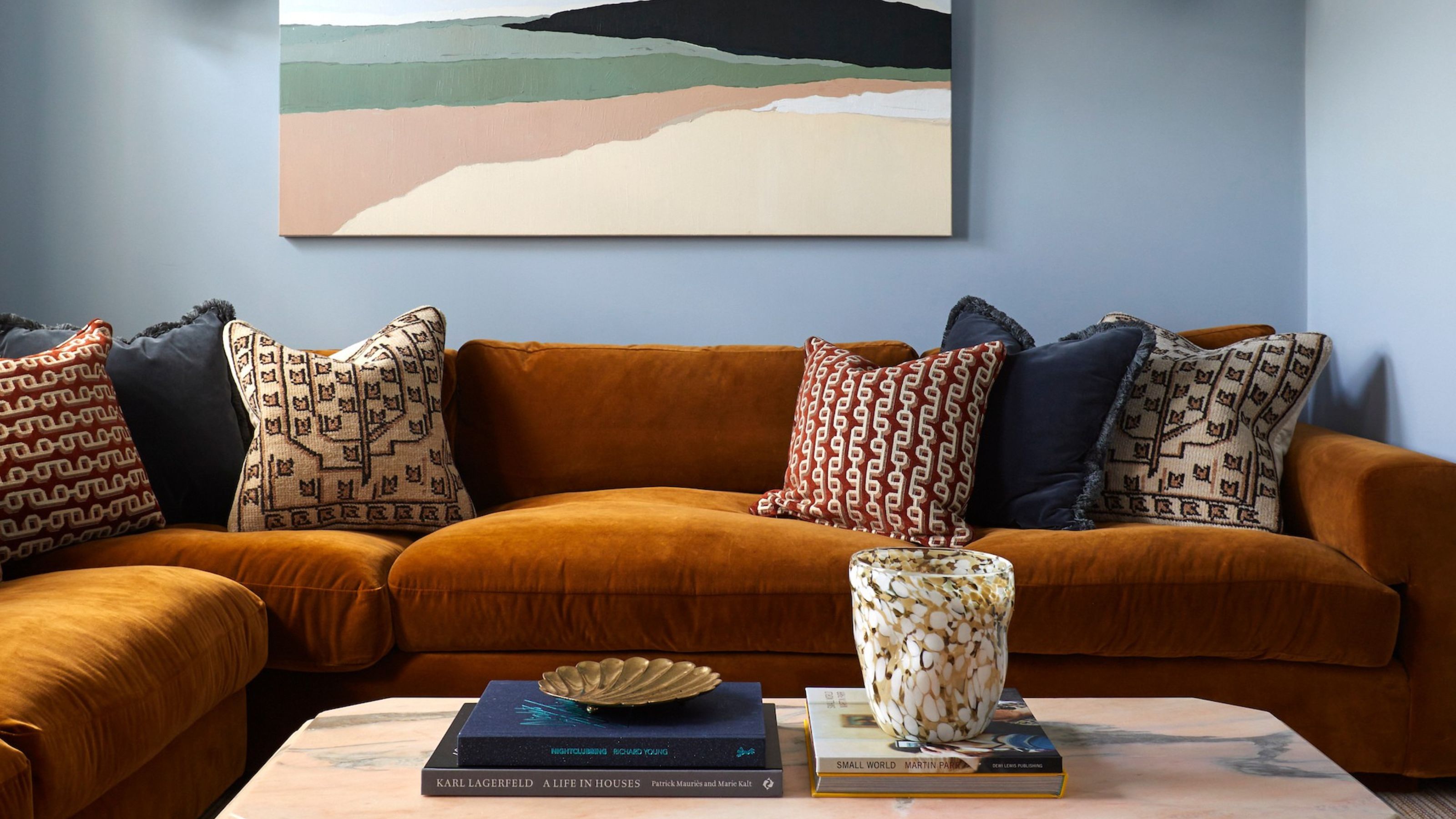 5 Sustainable Wall Finishes That Don't Negatively Impact the Environment, or Your Indoor Air Quality
5 Sustainable Wall Finishes That Don't Negatively Impact the Environment, or Your Indoor Air QualityThe finishes you use in your home can have a substantial impact on air quality and the environment, so it's worth doing your homework
By Sarah Warwick
-
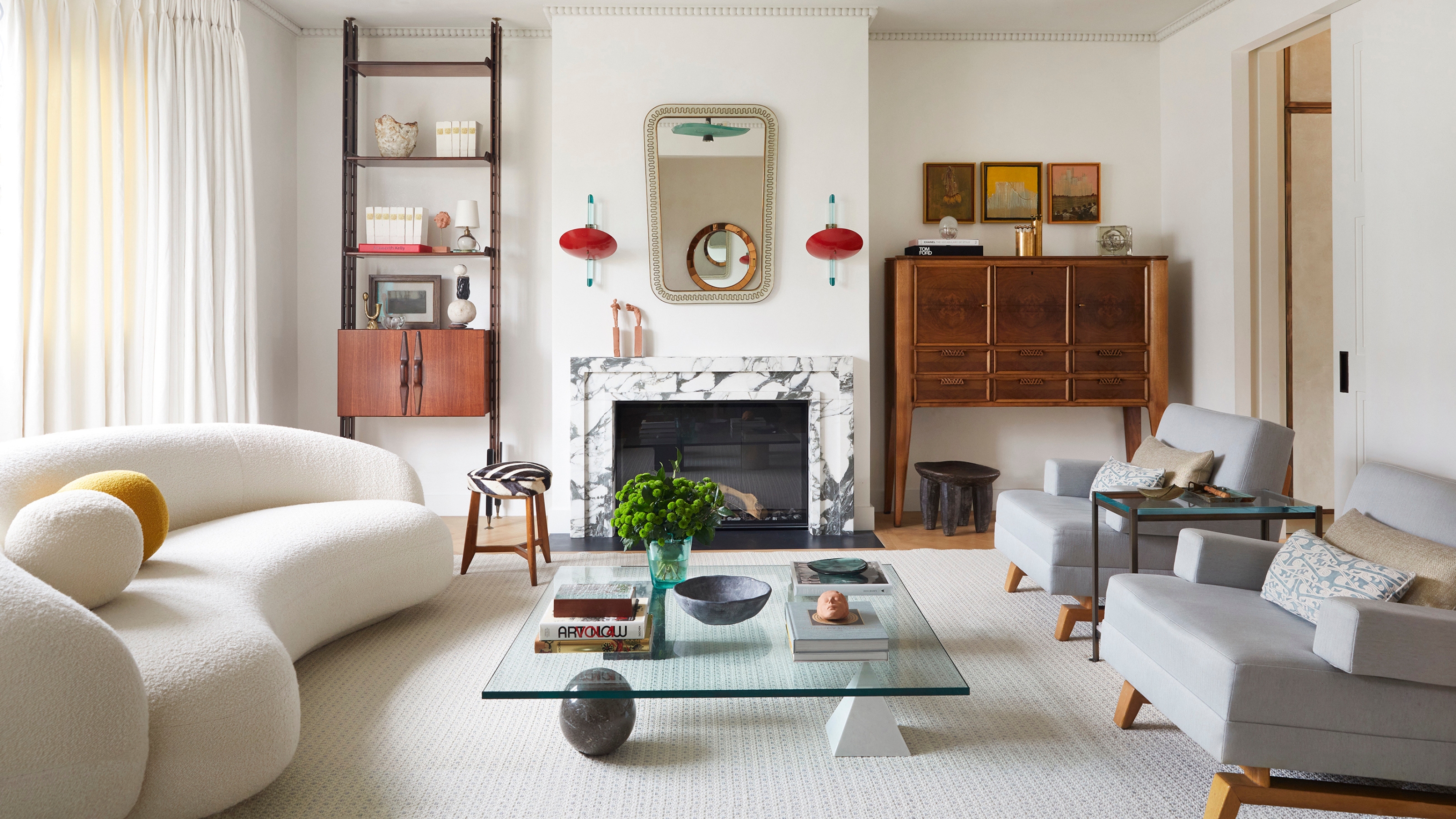 What's the Actual Difference Between Antique vs Vintage vs Retro?
What's the Actual Difference Between Antique vs Vintage vs Retro?Though commonly confused, these styles are actually quite different. Here, an expert explains how age and aesthetic play a role in identifying a piece
By Olivia Wolfe
-
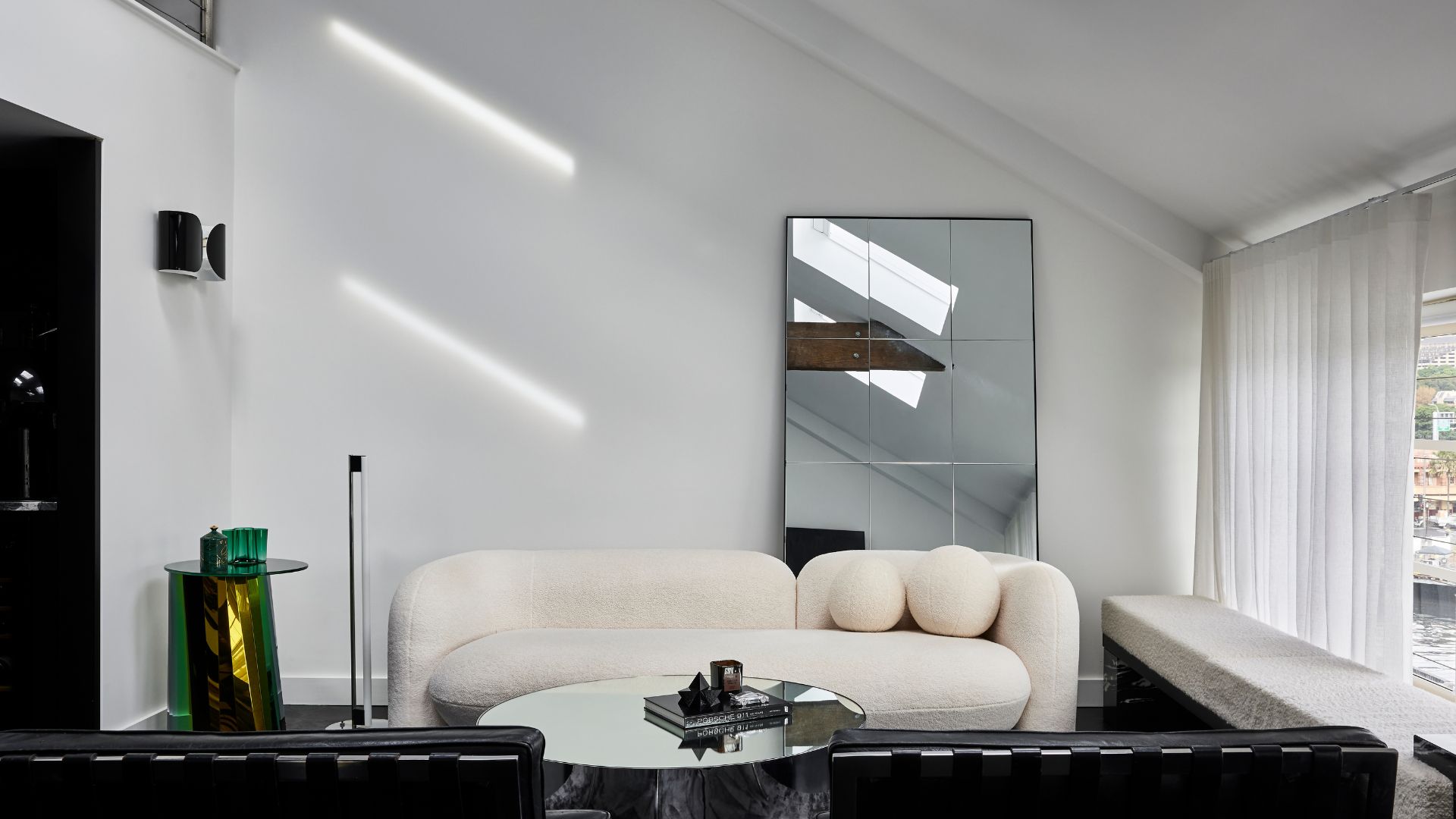 Is It Okay to Have a Mirror Facing a Door in Feng Shui? The Verdict Is In and It Just Might Surprise You
Is It Okay to Have a Mirror Facing a Door in Feng Shui? The Verdict Is In and It Just Might Surprise YouDecorating your home with mirrors calls for intention if you're dressing your space in accordance with Feng Shui. Here's what you should know.
By Amiya Baratan
-
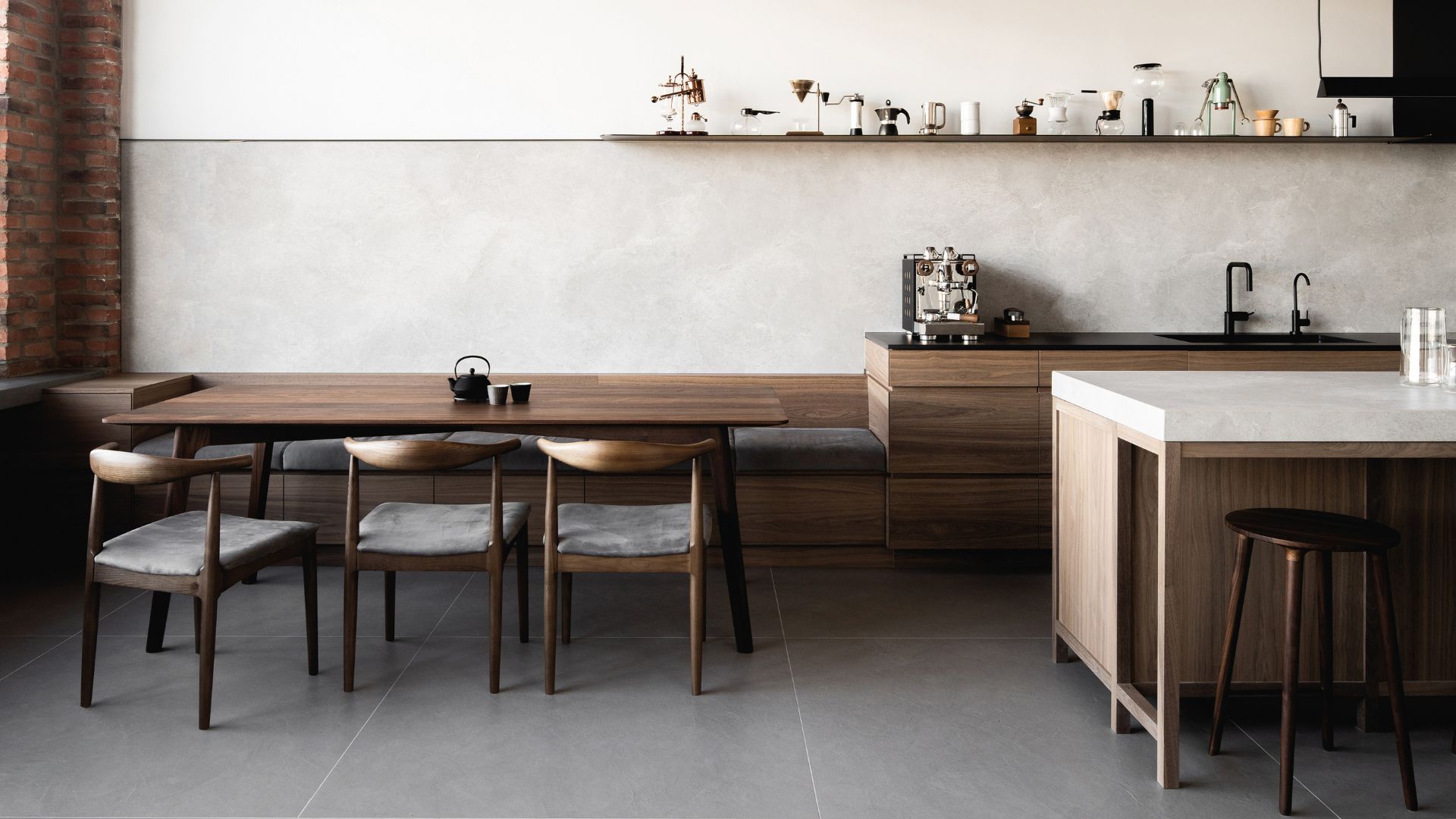 4 Things to Unpack as Soon as You Move House — For a Comfortable and Organized Fresh Start
4 Things to Unpack as Soon as You Move House — For a Comfortable and Organized Fresh StartIf you have a major move in the works and you're looking to prepare in advance, this is the starter kit you need to properly set up your new home.
By Amiya Baratan
-
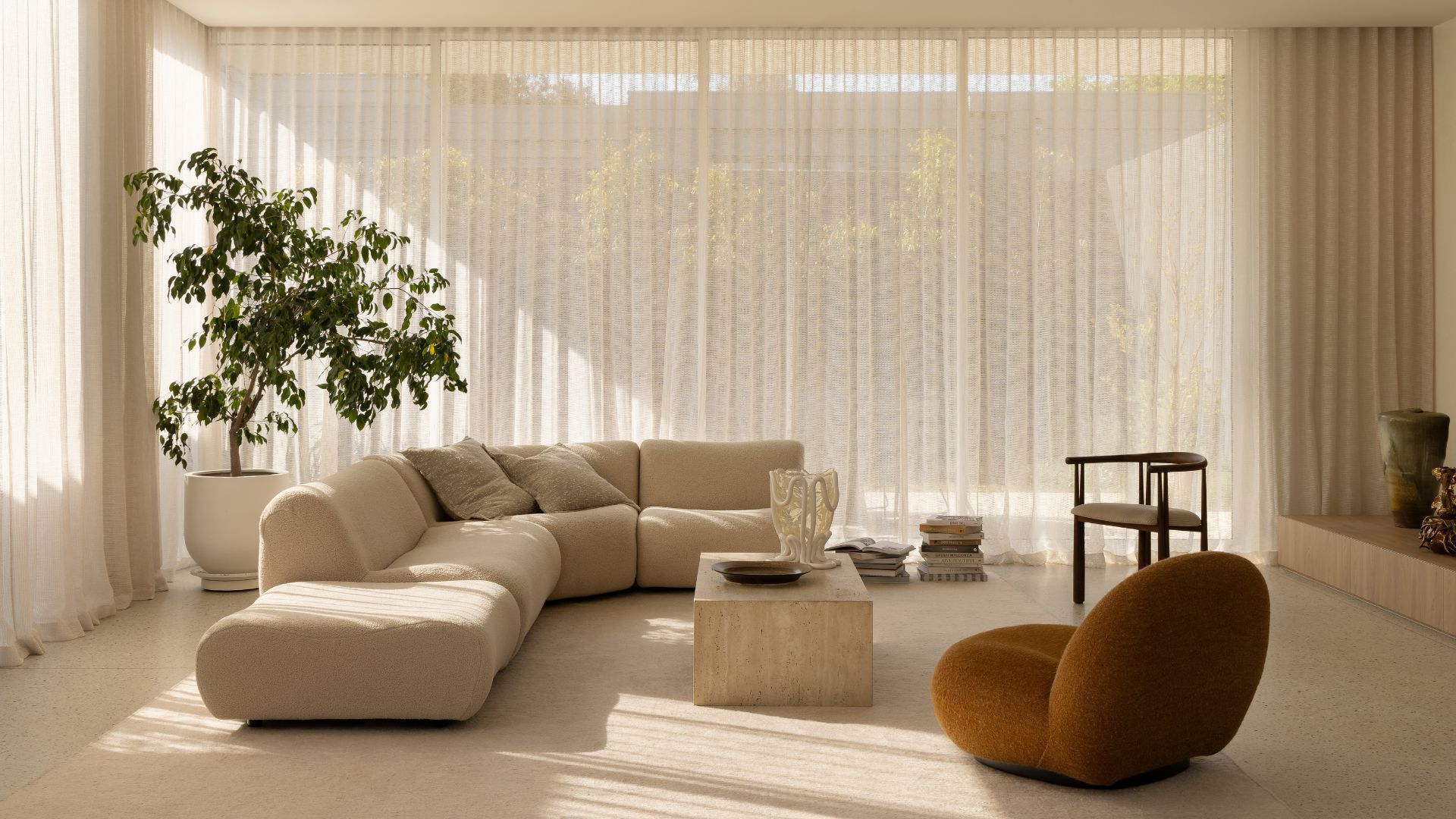 10 Decluttering Challenges to Have on Your Radar This Year — For a Tidier, More Mindful Home
10 Decluttering Challenges to Have on Your Radar This Year — For a Tidier, More Mindful HomeIf you're interested in transforming your home for the better, here are 10 decluttering challenges I recommend for a professionally tidy space.
By Amiya Baratan
-
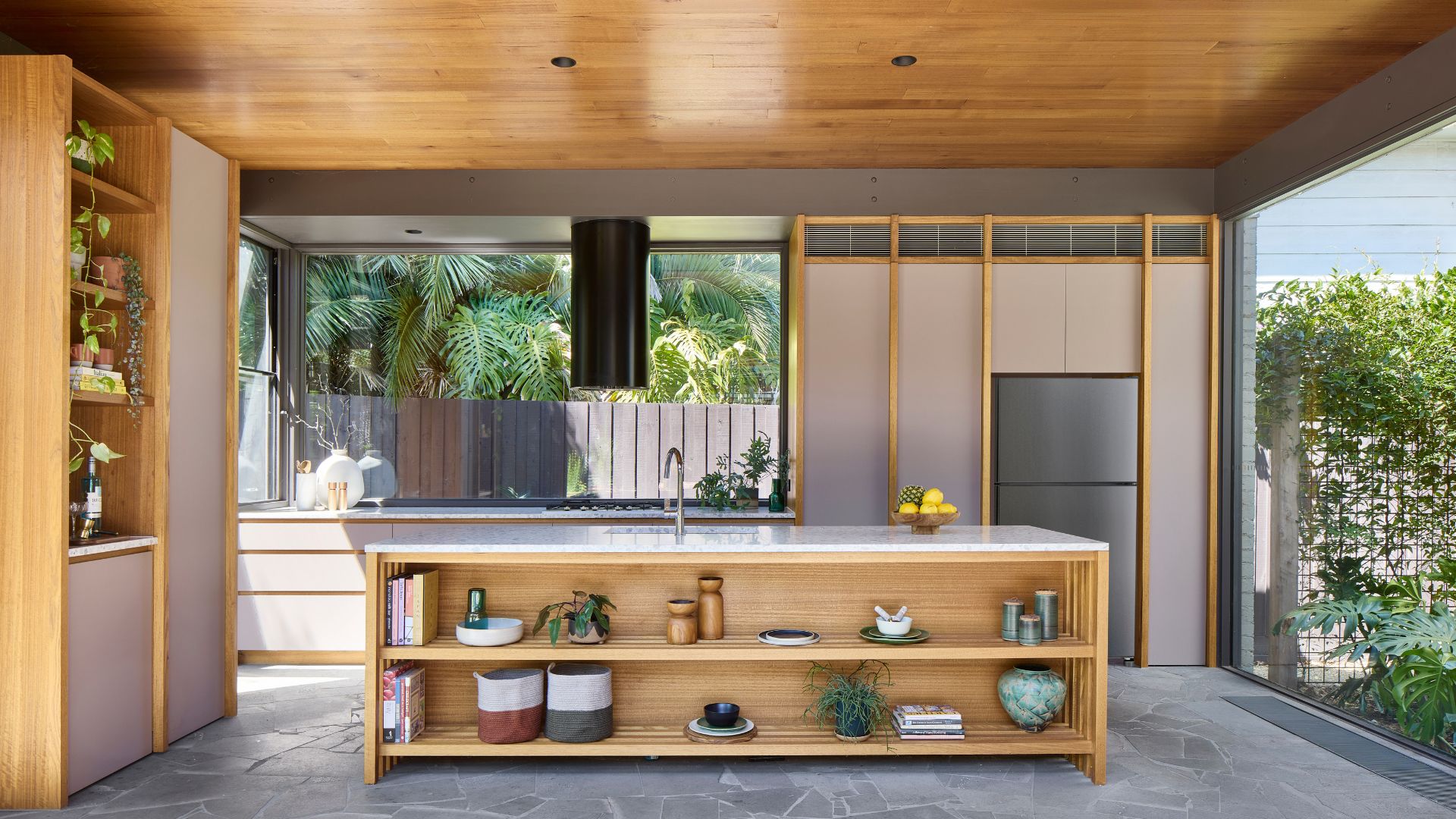 Biophilic Decluttering — What to Take Out of Your Home (and What to Put in) for a More Natural Home
Biophilic Decluttering — What to Take Out of Your Home (and What to Put in) for a More Natural HomeTry your hand at biophilic decluttering to ground your interiors, connect to the environment, and cure chronic clutter in one go. Here's how.
By Amiya Baratan
-
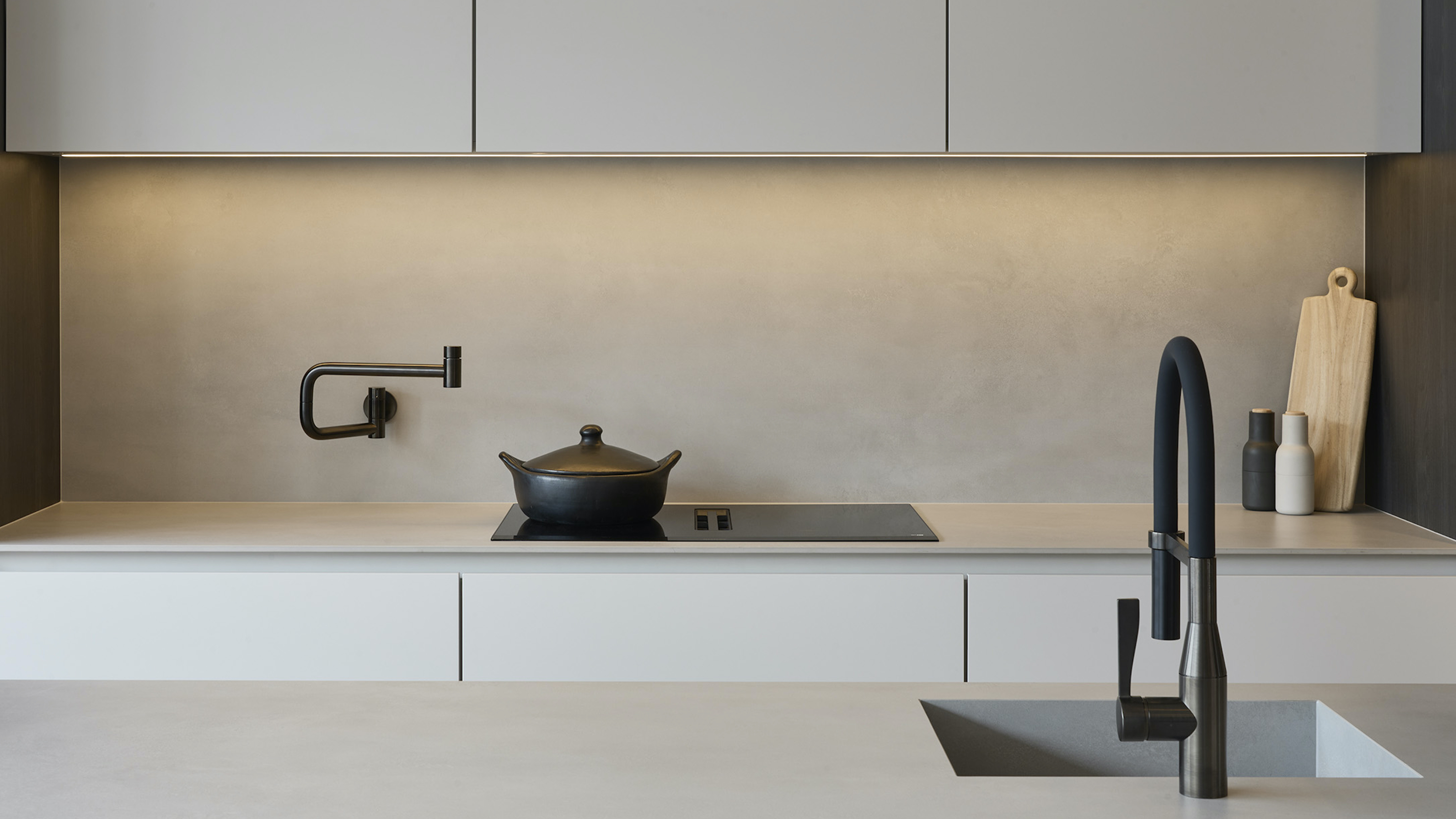 The 10 Different Types of Kitchen Taps — And the Pros and Cons of Each One to Know Before You Pick
The 10 Different Types of Kitchen Taps — And the Pros and Cons of Each One to Know Before You PickFrom sleek pull-outs to vintage bridge taps, explore 10 kitchen tap styles that mix function, flair, and a splash of cool
By Linda Clayton
-
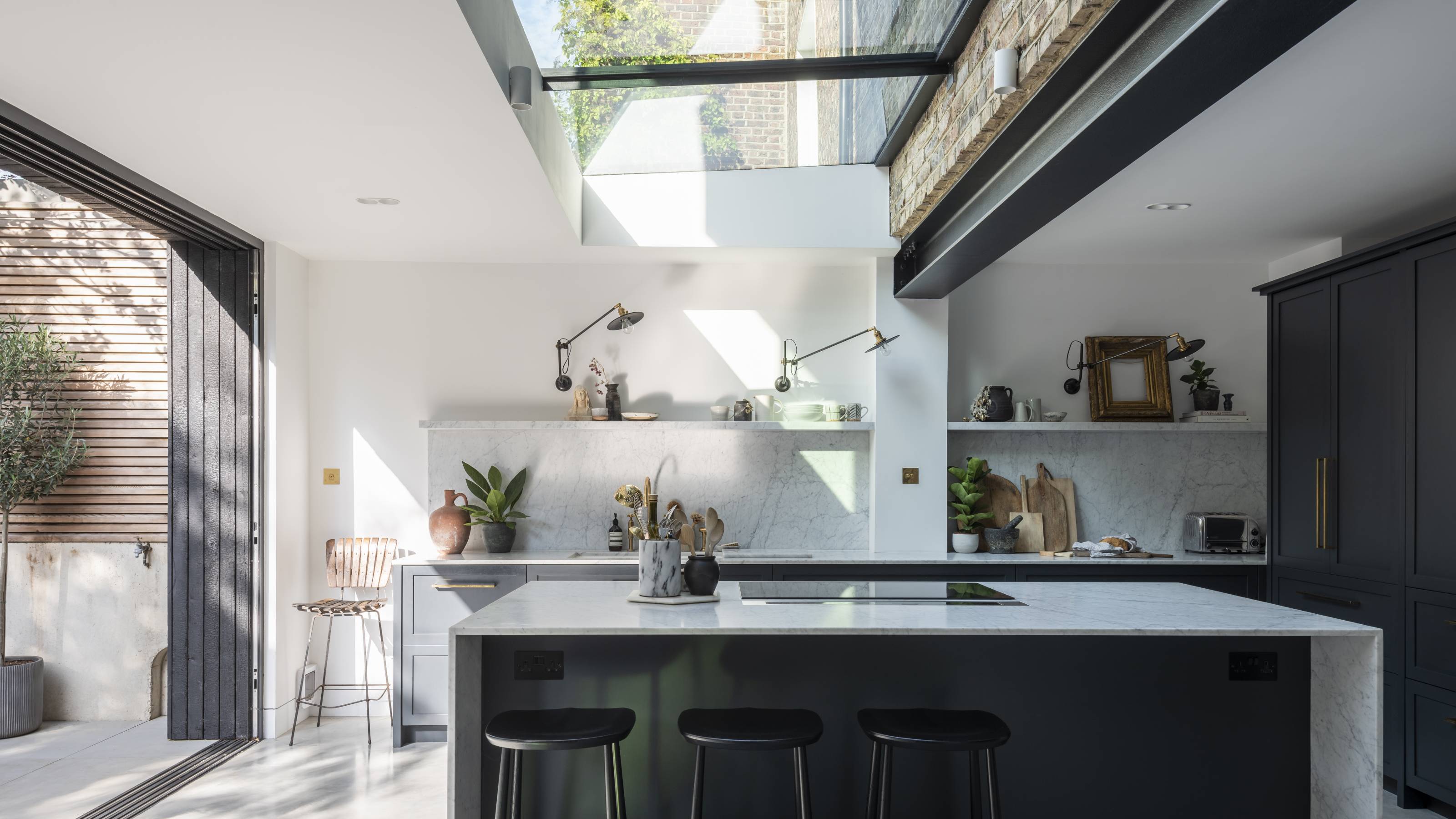 How Much Does an Extension Cost in 2025? Renovation and Design Experts Break Down Your Budget
How Much Does an Extension Cost in 2025? Renovation and Design Experts Break Down Your BudgetExplore how much different types of extensions cost in 2025 to budget for your project accurately
By Amy Reeves
-
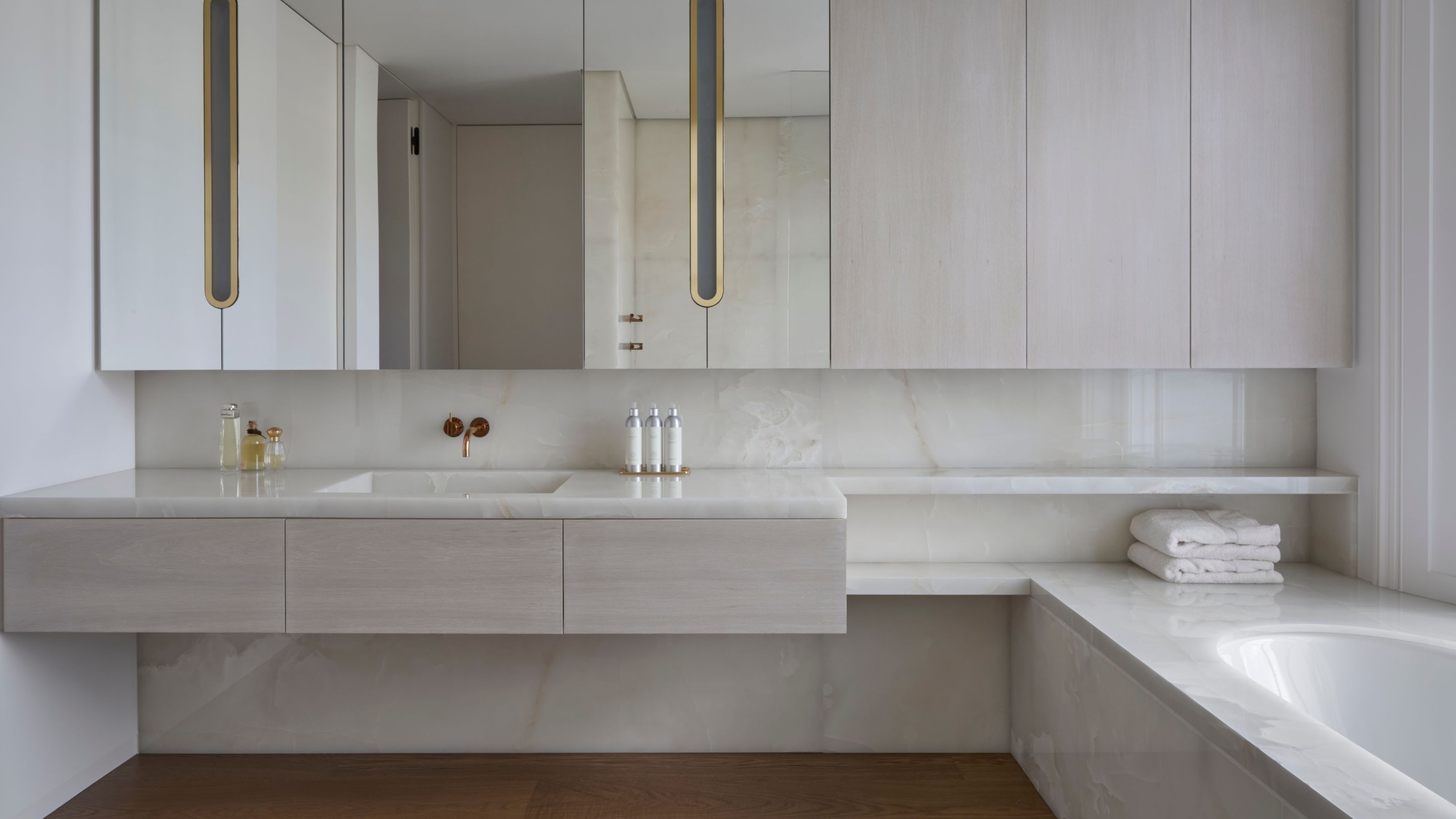 9 Bathroom Storage Mistakes You're Probably Making That Make Using This Space Much Harder — And What to Do Instead
9 Bathroom Storage Mistakes You're Probably Making That Make Using This Space Much Harder — And What to Do InsteadDiscover which mistakes are to blame for your overcrowded and cluttered bathroom
By Seraphina Kyprios
-
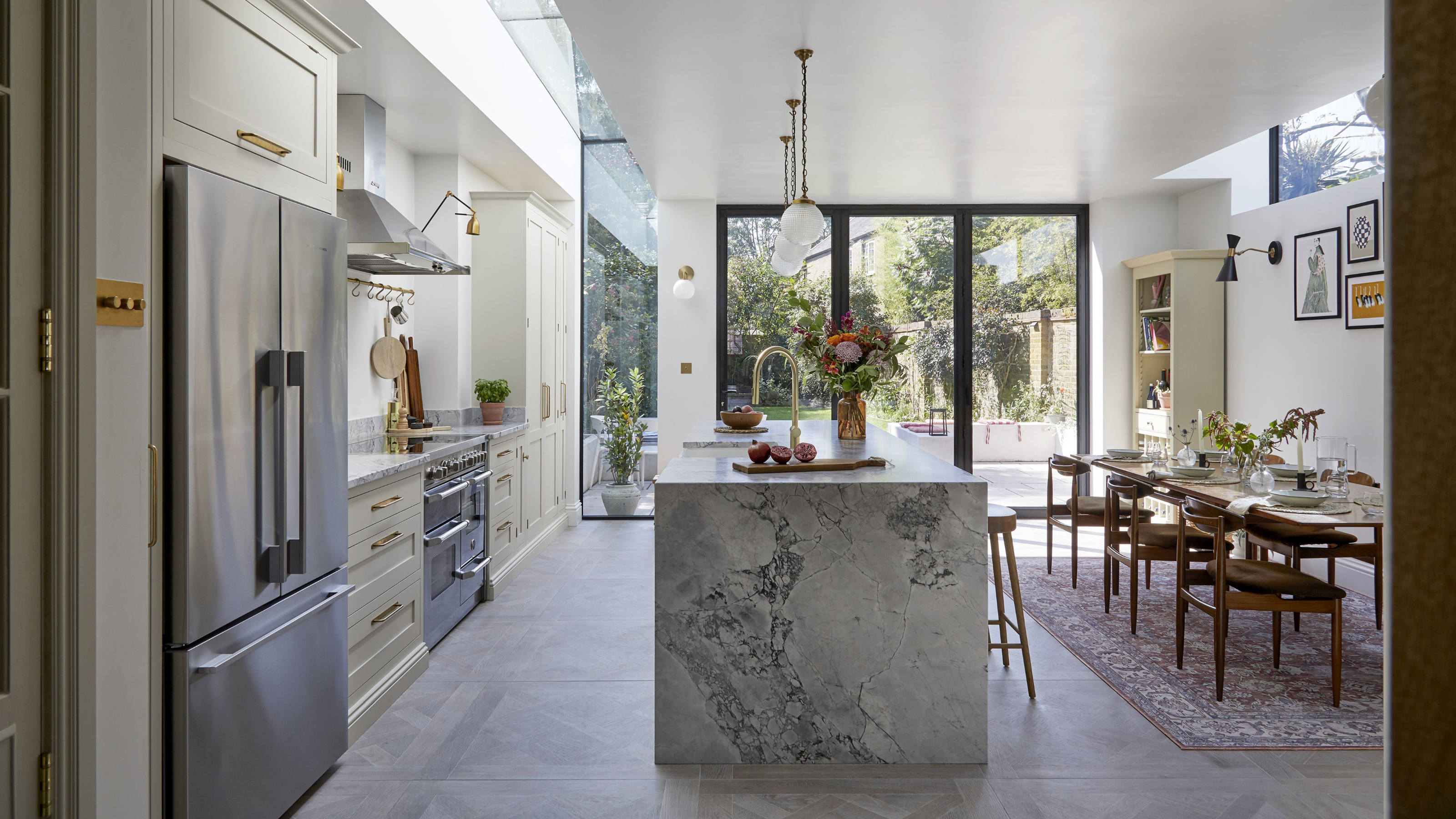 7 Budgeting Mistakes to Avoid When Planning Your Kitchen Extension
7 Budgeting Mistakes to Avoid When Planning Your Kitchen ExtensionDesigning a kitchen extension on a strict budget requires you to work smarter, not harder. Avoiding these slip ups is the first step to success.
By Maya Glantz